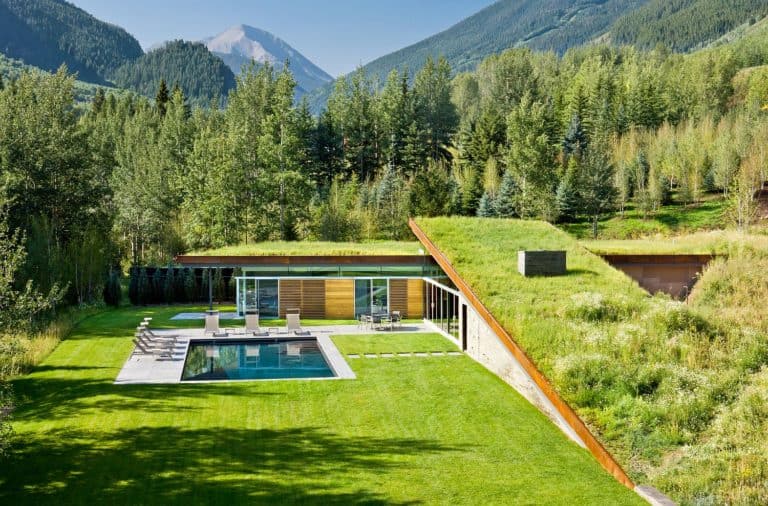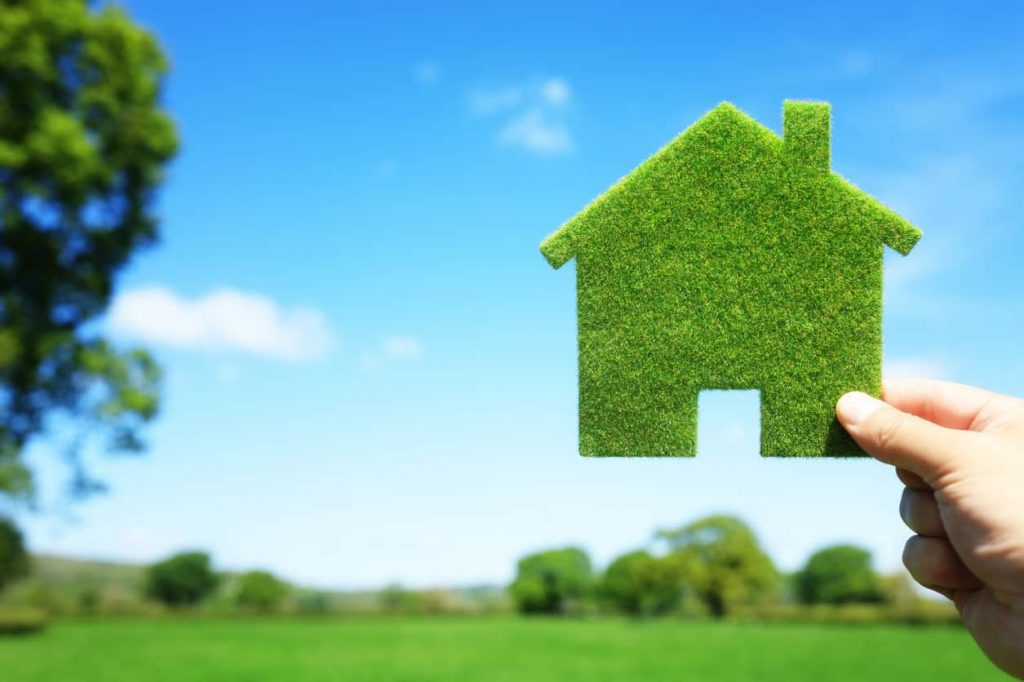

With increased concerns about environmental sustainability and the influence of human activities on the earth, demand for sustainable and eco-friendly homes is increasing. These cutting-edge homes are intended to reduce their environmental impact, enhance energy efficiency, and provide better living environments. This essay investigates the reasons behind the boom in sustainable homes, the important features and technology they contain, the advantages to homeowners and the environment, and the role they play in defining the future of housing.
1. The Growing Need for Sustainable Living. As the effects of climate change and resource depletion become clearer, individuals and communities are increasingly looking for methods to live more sustainably. This demand is met by using eco-friendly building materials, minimizing energy use, and adopting renewable energy sources. They contribute to the global effort to mitigate climate change and cut greenhouse gas emissions.
2. Key Features and Technologies. Sustainable homes use a variety of features and technologies to reduce their environmental impact. Energy-efficient insulation, LED lighting, low-flow plumbing fittings, and high-performance windows are some examples. Furthermore, renewable energy sources such as solar panels or wind turbines are frequently integrated to produce clean and renewable power. Smart home technology is also used to reduce energy usage and increase overall efficiency.
3. Benefits to Homeowners. Aside from the environmental benefits, sustainable homes provide several advantages to homeowners. Energy-saving features lower utility bills, saving money in the long run. Improved indoor air quality achieved through the use of non-toxic building materials and modern ventilation systems promotes healthier living environments, enhancing the well-being of occupants. Furthermore, sustainable homes frequently have greater property values, making them appealing long-term investments.
4. Environmental Benefits. Sustainable and eco-friendly homes help to reduce the overall environmental impact of the housing industry. They contribute to lower energy use, less reliance on fossil fuels, and lower carbon emissions. Sustainable building approaches also encourage resource conservation, waste reduction, and responsible land use, which protects natural ecosystems and biodiversity.
5. The Role of Certification Programs. Various certification programs, such as LEED (Leadership in Energy and Environmental Design) and ENERGY STAR, have evolved to analyze and acknowledge building sustainability and eco-friendliness. These initiatives give principles for sustainable development, assisting homeowners and builders in meeting stringent environmental standards and achieving project certification.
6. Influence on the Future of Housing. The emergence of sustainable and eco-friendly dwellings is shaping the future of housing in a variety of ways. Governments are increasingly enacting green building standards and incentives to promote sustainable construction techniques. Homebuyers are growing more ecologically concerned, and they are willing to pay a premium for eco-friendly homes. Builders and developers are embracing sustainability as a guiding concept in their projects, encouraging innovation and research in green technology and materials.
The emergence of sustainable and eco-friendly homes is a key step toward a more environmentally responsible and sustainable future. These homes provide several advantages to homeowners, the environment, and communities as a whole. Sustainable homes address the critical need to minimize our carbon footprint and safeguard the planet by combining crucial features and technology that encourage energy efficiency, resource conservation, and better living conditions. As the demand for sustainability grows, these homes will play an increasingly important role in determining the future of housing and supporting a more sustainable way of life.
